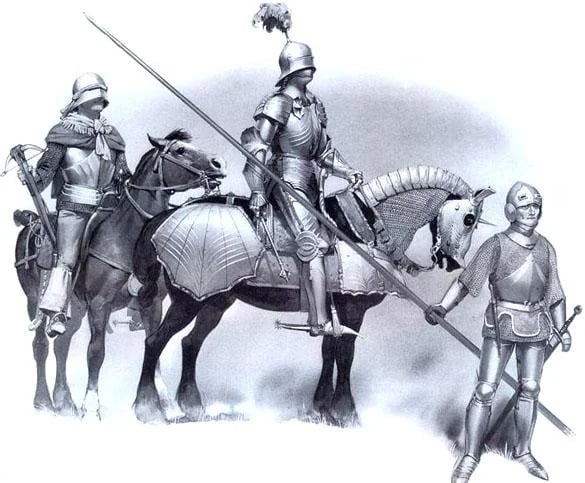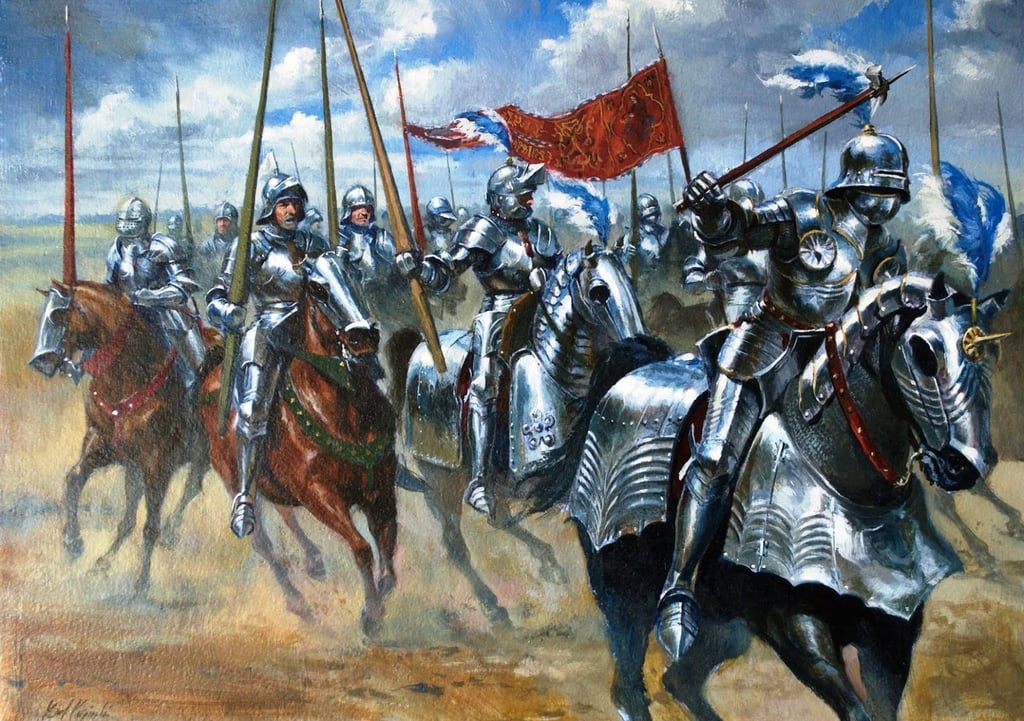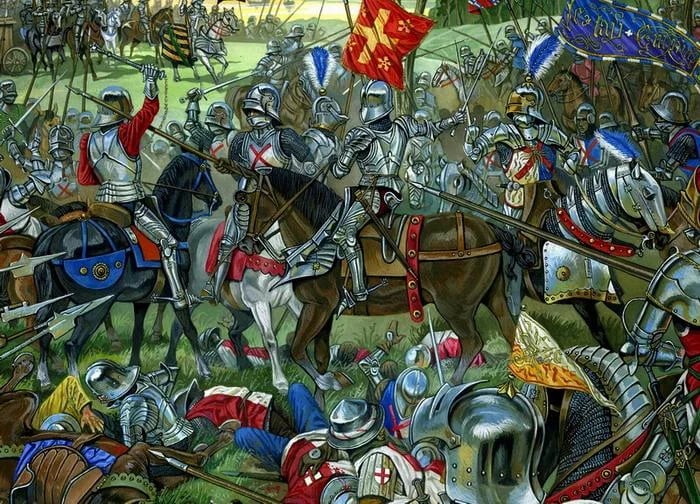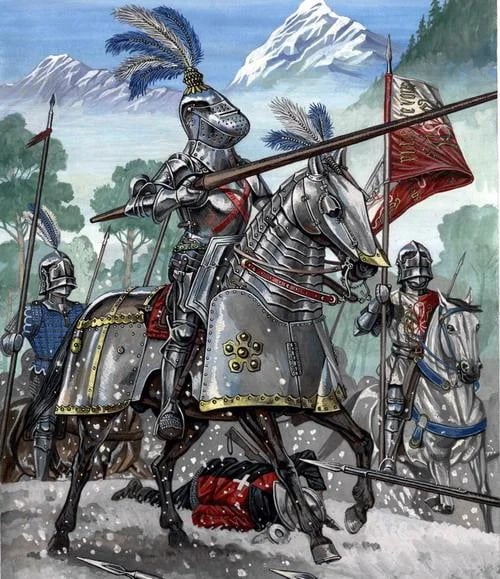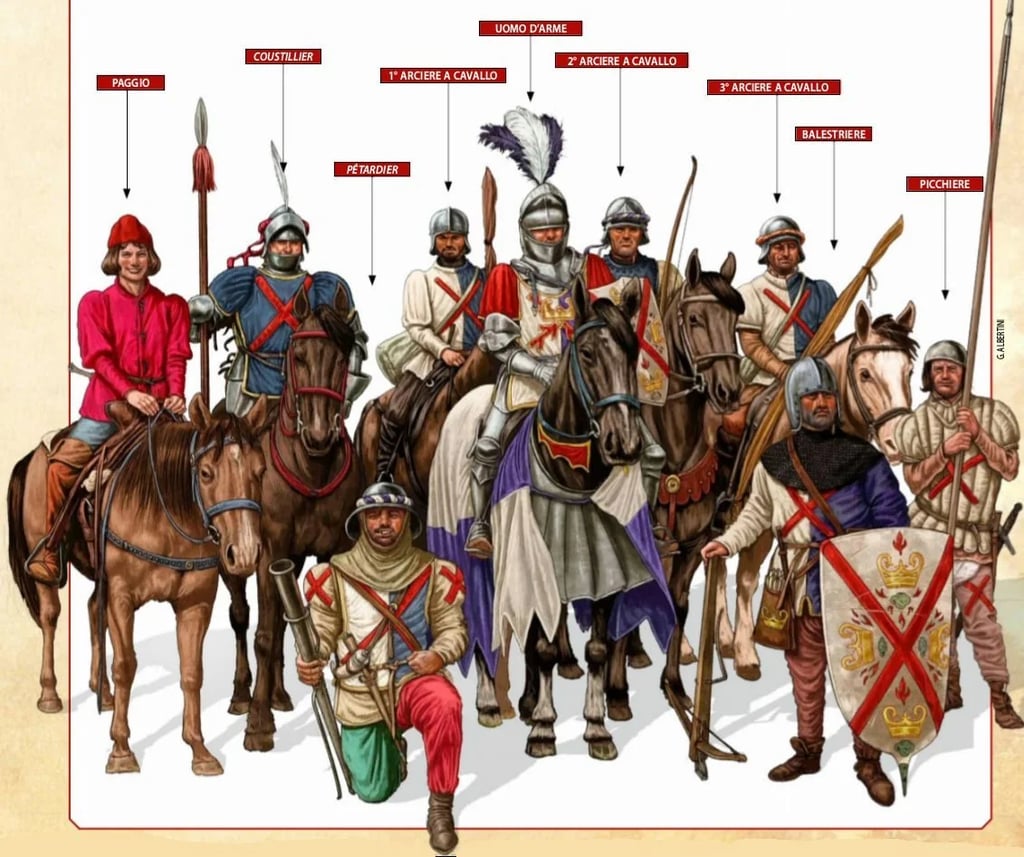Knight's spear.
HISTORYMIDDLE AGES
Oroslan
2/20/20242 min read

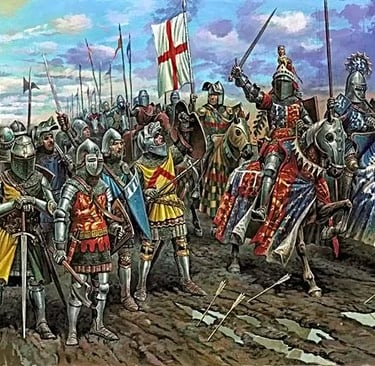
It's about not only of the weapons of the Middle Ages.Quite often in chronicles, historical novels and textbooks, we meet the description of the battles and we are surprised at their small numbers. Let's say: a squad of 500 spears did not have time to fight at Cressi.It didn't mean few . A spear is not one armor rider with a pike.The knights didn't live alone and did not fight alone. Feudal, the estate society took into account only the nobles, and other smerds(cattle) and commoners were not even mentioned.
Every knight, depending on his possibility, took a squire, servants, Cuttiler, archers or crossbowmen with himself. Foot warriors and equestrian warriors under the knight were called in French "sergeants" or in German "knecht". These commoners together with their lord make a tactical unit — a knight's spear. Knights spears united under the power of an authoritative knight-banner in a detachment-banner.
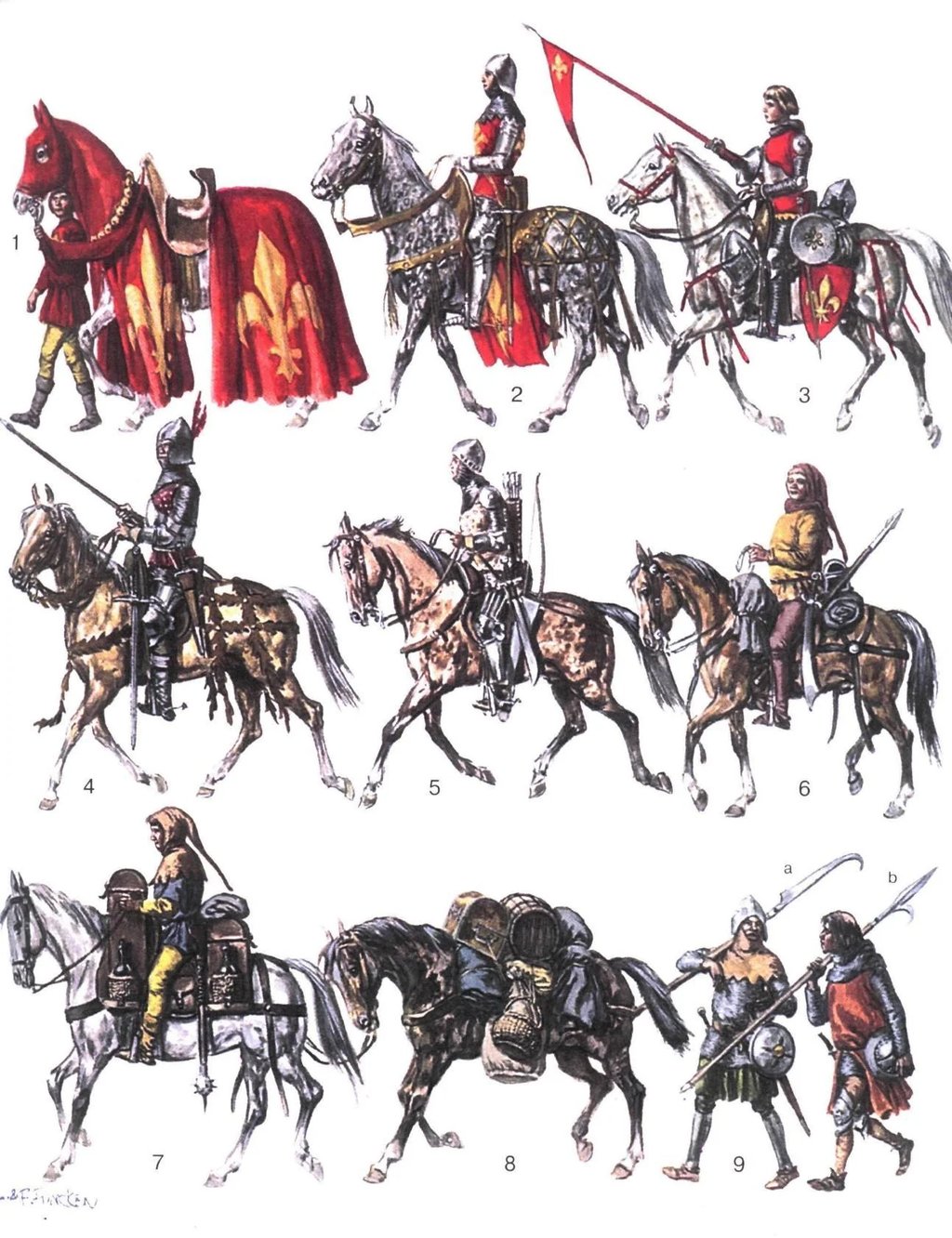

Marshall (equestrian servant) leading destrier (war horse); 2. Knight; 3. Page or squire (the boy-page served a knight from the age of 14, at 21 the young squire to dedicated to the knight, usually them were the sons of a knight or the children of nobility);4.Kuttner (the main assistant to the knight); 5. Horse archer (the rich had up to 6); 6. The horse servant spearman; 7. "Pacer with a glass" (a horse with products for a knight); 8. The pack horse (things, food and drink for squad); 9. Foot warriors- servants (spearmen, archers, halberdiers, crossbowmen, etc., depending on the weapons. There could be a small detachment). The minimum number of "spears" - 4 people. (knight, squire, Kuttner and servant).
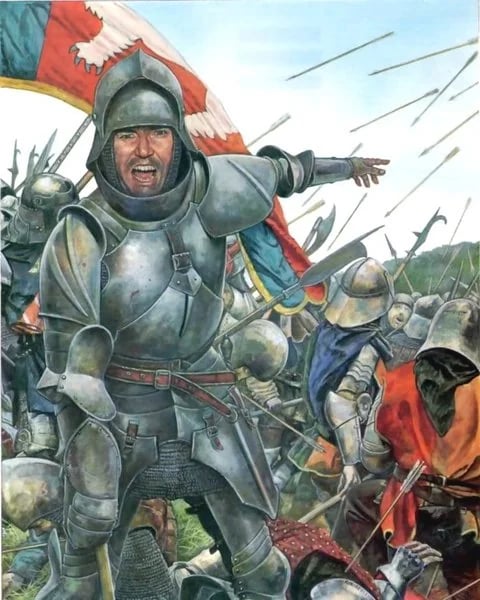

Much later (starting from the 15th century) “spears” were normalize. For example, the king of France Charles VII in 1445 determined the composition of the "spear" consisting of:
-knight;
-page (near servant of a knight);
-Kuttner (first squire);
-two archers;
-servant.
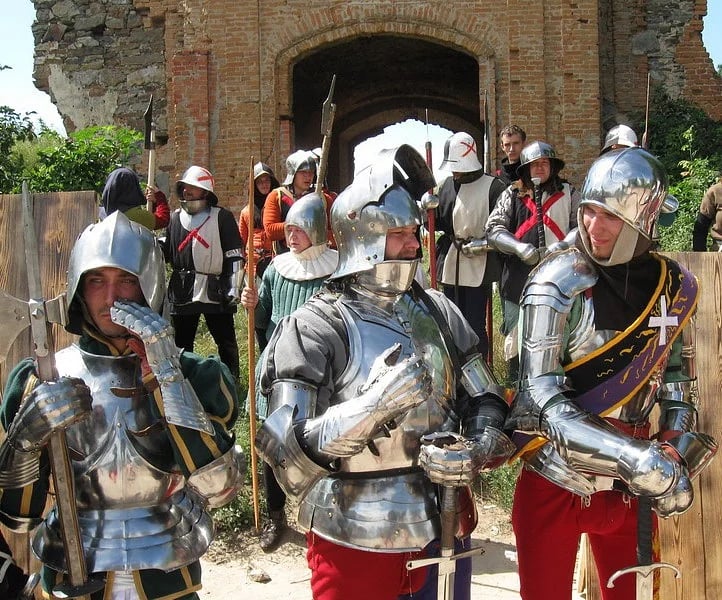

Knight banneret differed from a simple knight in that he could have his own vassals of knighthood.
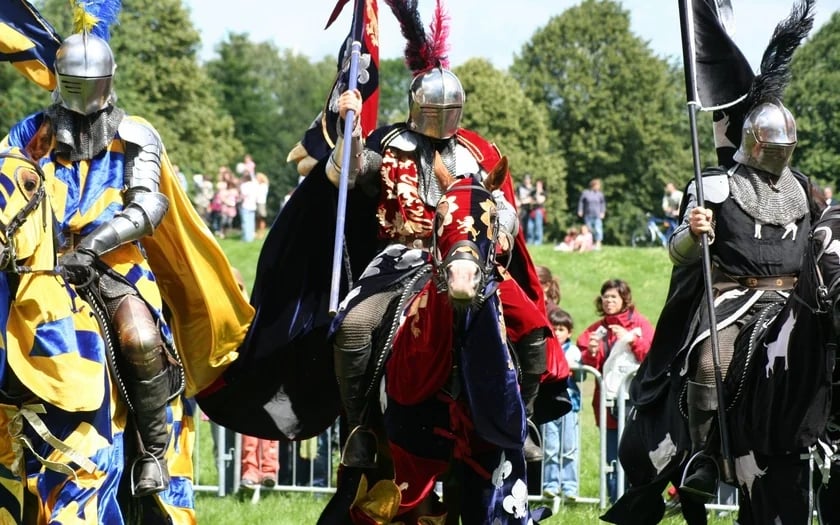

One hundred "spears" constituted one of the twenty "ordonance mouths," which, having appeared in 1446, constituted the core of the new permanent militia of France (French troops).
